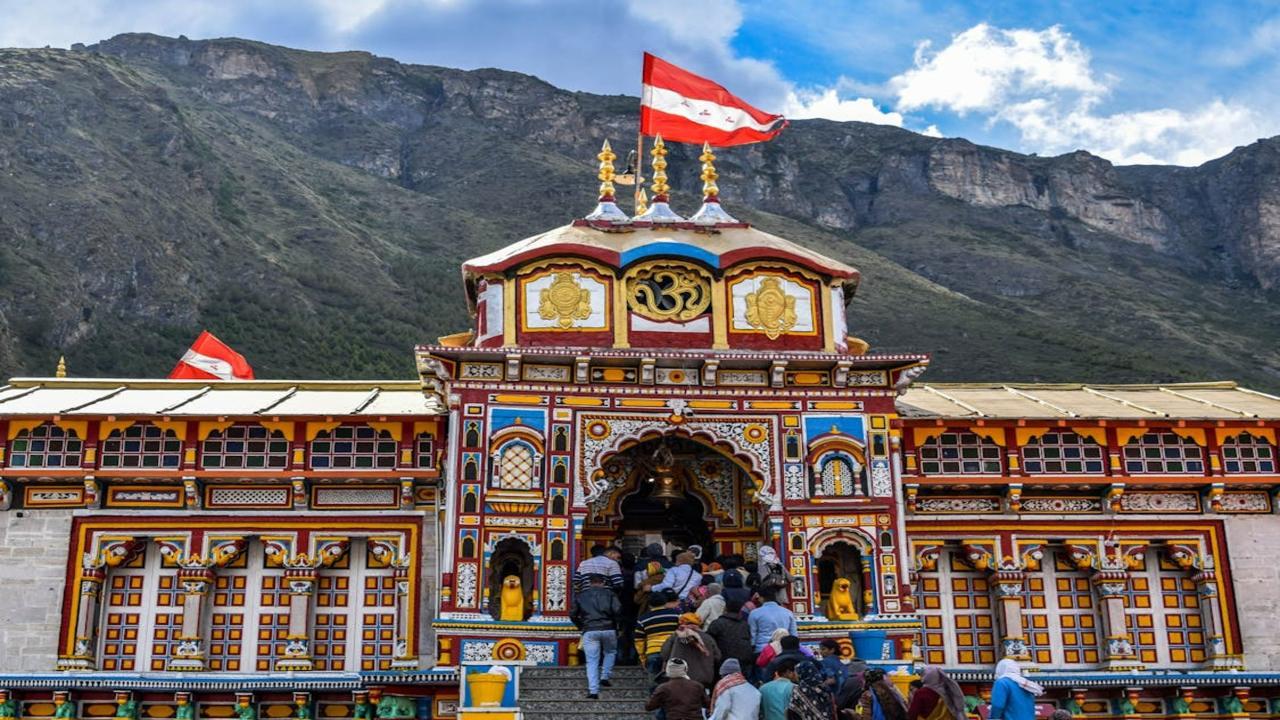

Nearly 250 pilgrims died during Chardham Yatra In 2024
PTC News Desk: More than 240 pilgrims passed away this year as a result of health difficulties while on the Chardham pilgrimage in Uttarakhand, with those visiting the Himalayan temples by helicopter having the highest fatality rate.
This year's Yatra has come to an end, with Kedarnath, Gangotri, and Yamunotri having closed for the winter and Badrinath due to close on November 17.
The most common causes of pilgrim deaths are high altitude sickness, oxygen shortage, and cardiac arrest.
According to data issued by the State Emergency Operation Centre, there have been 246 deaths this year during the Chardham yatra, with 65 in Badrinath, 115 in Kedarnath, 16 in Gangotri, 40 in Yamunotri, and 10 at the Sikh shrine of Hemkund Sahib.
The most common causes of pilgrim deaths are high altitude sickness, oxygen shortage, and cardiac arrest.
According to data issued by the State Emergency Operation Centre, there have been 246 deaths this year during the Chardham yatra, with 65 in Badrinath, 115 in Kedarnath, 16 in Gangotri, 40 in Yamunotri, and 10 at the Sikh shrine of Hemkund Sahib.
According to the Uttarakhand State Disaster Management Authority (USDMA), the number of pilgrim deaths owing to health reasons has increased slightly this year, from 242 last year.
Every year, pilgrims die as a result of health issues while on the Chardham yatra, but the number of such deaths has increased in recent years.
Every year, millions of pilgrims travel the Char Dham Yatra, causing congestion on the pathways, in lodgings, and in medical facilities. According to Bhardwaj, the traffic can make it difficult to get appropriate medical attention and emergency services in the event of a sickness or injury.
Many pilgrims are elderly and may have pre-existing medical conditions, such as cardiovascular disease, diabetes, or respiratory problems. Physical effort, along with high altitude and a lack of oxygen, might worsen these illnesses, resulting in health emergencies or fatalities.
Despite developments, medical facilities along the Chardham route might still be sparse and underresourced, especially in rural areas. The terrain may cause delays in emergency response, and hospitals may lack specialised equipment or manpower to treat serious health crises, he noted.
- PTC NEWS
